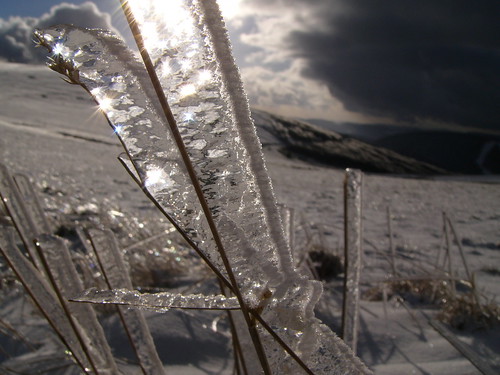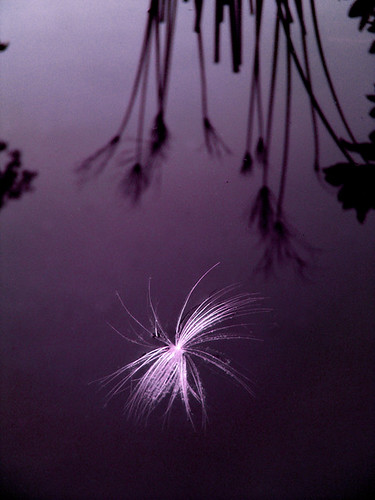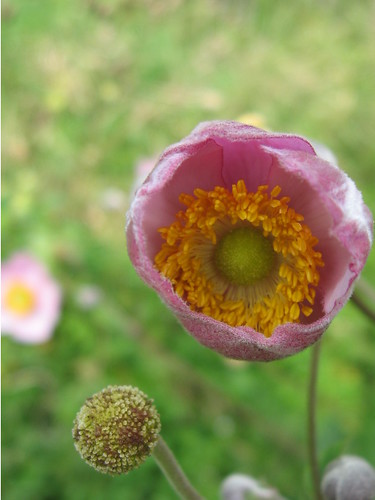The aspirin face mask is a cheap and easy BHA you can make yourself.
What is a BHA ?
BHA is a chemical peel (exfoliator) that deep cleanses the pores, and sloughs off dead skin cells. It is oil-soluble, and so it penetrates into the sebum-filled pore and exfoliates the dead skin cells built up inside the pore. So, it is perfect for oily skin with whiteheads.Warning: BHA (and aspirin in general) should be avoided by pregnant and nursing women.
How to make the Aspirin face mask:
- Crush 2-3 aspirins (the normal kind, not the ones that fizz in the water).
- Add a tiny bit of yoghurt. The yoghurt temporarily lowers the ph of the skin, letting the acid work better.
- Apply it on the face.
- Those of you with fragile capillaries and spider veins: be gentle, you are not allowed to scrub !
- Wash off after around 20 mins.
Remember: after this face mask, as after any kind of acid treatment, sunscreen with a high SPF is very necessary !!! Acids peels off dead skin cells, which in turn reveals fresher skin, which in turn lets the UV rays penetrate deeper.... which may lead to aging of the skin, discolourations, and other problems !

Photo: shine on by franklumix








